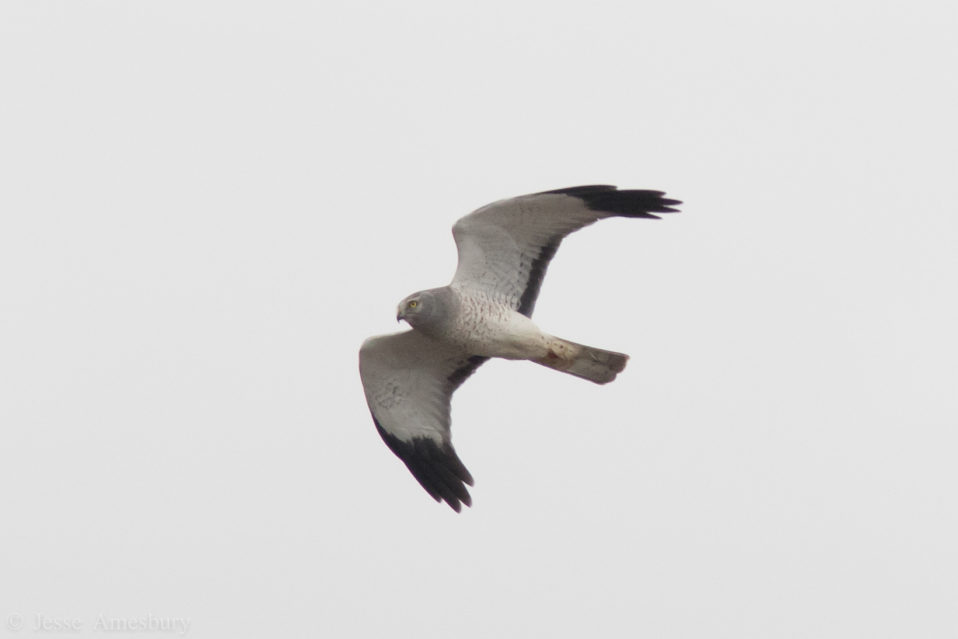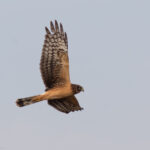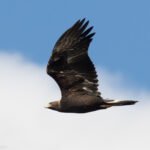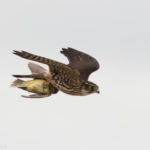After ninety-one consecutive days of counting migrating birds of prey, the 2021 autumn season has officially ended. Keep reading to find out the grand total of raptors counted this season! First, I need to cover the final leg of the season. After a slow start to the beginning of November, the raptor totals bounced back a bit during the last half of the month thanks to some well-timed cold fronts. The overall themes of the month were still evident though; impressive numbers of Golden Eagles, a dearth of buteos, and no hide nor hare of a Northern Goshawk. Two more Golden Eagles were tallied (November 23rd & 27th) bringing the season total to 16, which ties it for the highest season total in the last 7 years! Red-tailed Hawk and Red-shouldered Hawk numbers never recovered after the slow start and finished significantly below average and were both the second lowest total in the last 10 years. We completely dipped on Northern Goshawk this season too, only the second time in count history not a single Northern Goshawk was counted during the season. Interestingly, it seems like a multitude of other hawkwatches around the country also experienced seriously low Goshawk numbers this year. The “No Goshawk Club” is not a club I relish to be a member of, but at least it seems like Goshawks were absent everywhere this whole fall.

Red-tailed Hawk totals are typically north of 1,000 individuals. This season just 771 were counted. To put that in perspective, more Broad-winged Hawks were counted this fall, which is extremely surprising given Broad-wings rarely migrate along the coast whereas Red-tails regularly do so. I suspect the main cause of this boils down to the fact that there were more cold fronts during the Broad-winged Hawk migration window than during the Red-tailed Hawk window. It just goes to show how important cold fronts are and how frequent they need to be in order to get huge numbers of hawks in Cape May.
On November 30th, a male American Kestrel migrated west over the hawkwatch platform making it the 25,880th and final migrant to be counted this season. Unfortunately, this total represents the 4th lowest total in history. It’s very challenging to accrue above-average totals when the most numerous migrant, Sharp-shinned Hawk, finished with anemic totals. The 6,741 Sharpies were the lowest total in history by a wide margin. However, if you remove Sharp-shinned Hawk totals from all seasons and look at the remaining raptor totals, this season’s total is more or less on par with previous seasons, which is comforting to know the majority of the remaining species had more normal years. However, there were still many highlights this season. The biggest highlight was no doubt setting a new all-time record for the most Bald Eagles counted in a single day which was 60. The season total of Bald Eagles, 744, is noteworthy as well since it represents the second highest total in history. Northern Harrier also put in an impressive showing with 1,109 which is the second highest total in the last 7 years.
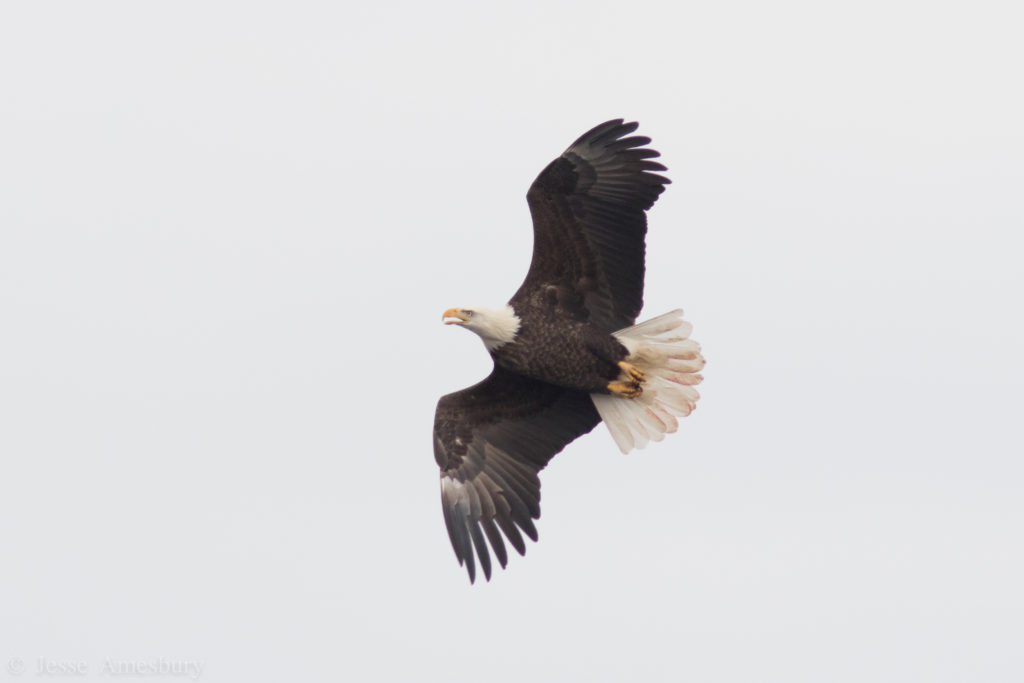
Bald Eagle numbers are skyrocketing in nearly all of their range, but even more so in the northeastern US. Believe it or not, they are the only raptor species seen every day from the hawkwatch platform (because of the local nesting pairs and their protracted migration window that spans the entire fall).
The final two weeks of the count also had its fair share of rare non-raptors headlined by a Franklin’s Gull on November 19th. Two Cackling Geese were observed with a migrant flock of Canada Geese on November 24th. A Clay-colored Sparrow appeared on November 21st and was seen on and off for a few days. White Ibis continued to migrate throughout November, including 64 on November 23rd which brought the season total to 1,355. An absolute mind-boggling number. If you told any birder 5 years ago that over 1,300 White Ibis would be counted in one fall, everybody would have thought you lost your mind. It just goes to show how fast bird numbers can change, just like how the climate of the planet rapidly changes as well.

Franklin’s Gulls are the Midwestern cousin of the Laughing Gull. They migrate south in the center of the US during November. If a strong cold front blows across the country during that time frame, Franklin’s Gulls will occasionally get displaced along the east coast as a result. That exact scenario played out this year, and thankfully, this individual decided to fly right over the hawkwatch platform to allow for easy viewing.
Since this is my last blog, I also wanted to give a big shout out to Interpretive Naturalists, Doug & Taleen, as well the George Myers Naturalist, Will, for an outstanding season on the platform. Their comradery on the platform made this season so much fun, not only during the busy times, but also on the slow days. Big thank you to all the visitors and friends who spent time on the hawkwatch this fall as well. The food donations and friendships single handedly kept me warm through the month of November! And of course, I have to thank Tom Reed for counting on my off days and passing on his unlimited knowledge of hawk migration in Cape May which made my life counting hawks much easier. Last but certainly not least, a giant thank you to our sponsor, Swarovski Optik!! Without their support, the Cape May Hawkwatch would look very different, and we’re so grateful to have them in our corner.
Jesse Amesbury




